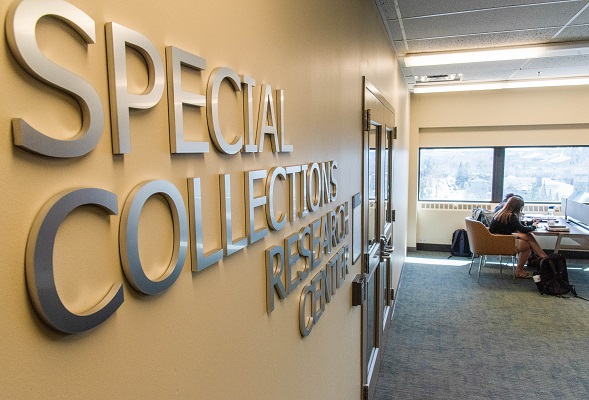The collection, which spans 1870s-1960s (bulk dates 1880s-1930s), chiefly includes correspondence with fellow workers in the labor movement, publishers and writers for anarchist, socialist, and labor journals, and a wide circle of friends, some letters being also addressed to Mrs. Labadie, manuscripts of his articles, speeches, and poems, photographs, and personal documents. The Family series also contains a folder of correspondence relating to the donation of this collection to the University of Michigan Library. Joseph Labadie's activities within the labor movement in Detroit, his anarchist philosphy, as well that of the many correspondents he had, and early Detroit history is welldocumented in this collection.
The collection, which spans 1870s-1960s (bulk dates 1880s-1930s), chiefly includes correspondence with fellow workers in the labor movement, publishers and writers for anarchist, socialist, and labor journals, and a wide circle of friends, some letters being also addressed to Mrs. Labadie, manuscripts of his articles, speeches, and poems, photographs, and personal documents. The Family series also contains a folder of correspondence relating to the donation of this collection to the University of Michigan Library. Joseph Labadie's activities within the labor movement in Detroit, his anarchist philosphy, as well that of the many correspondents he had, and early Detroit history is welldocumented in this collection. The Joseph Labadie Papers are separated into three series: Correspondence (Incoming); Family (correspondence between family member, outgoing correspondence, autobiographical notes, journals, family histories, biographies, scrapbooks, etc.); and Works (Labadie's titled and untitled essays, articles, columns, letters to the editor, and poetry). The Correspondence consists of 4.25 linear feet of incoming letters, mainly to Joseph Labadie. The files are arranged alphabetically (see Boxlist) with folders for principle correspondents interfiled with general alphabetical headings. Letters from Herman Kuehn to Labadie comprise .25 ft. and are kept in a separate box. The Family series consists of correspondence between family members, both immediate and extended, copies of some of Jo Labadie's outgoing correspondence, autobiographical notes, labor and other organizational membership cards, biographical notes and character sketches by Agnes Inglis, copies of legal briefs for a civil case Jo and Sophie were involved in with a relative, descriptions of Bubbling Waters, the Labadie's summer and retirement home, photocopies of Jo's scrapbooks, his account book and address books, a journal, and materials relating to the donation of Jo's materials to the University of Michigan. The Works series consists of titled essays, untitled essays, miscellaneous fragments of Labadie's writings, drafts of letters to the editors of various newspapers, drafts of his long-running column, "Cranky Notions," and his poetry. The last item in the collection is a videotape copy of a silent feature film made in 1925 on location at the Labadie's property at Bubbling Waters. Some reels of the film are not included, but the forest fire scene is believed to have been filmed at Bubbling Waters. This is the last known extant film relating to the Labadie Family. More information on the film is available upon request.
